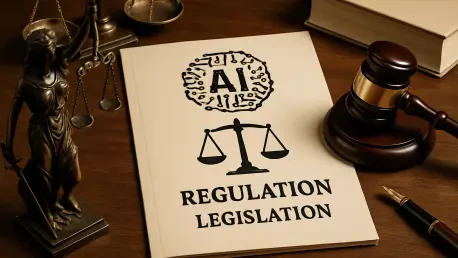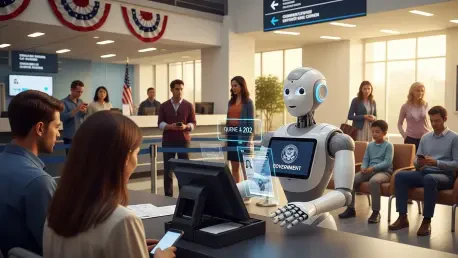
What happens when cutting-edge technology, designed to improve healthcare access for millions, risks reinforcing inequality or violating privacy? This dilemma unfolds daily in Medicaid systems across the nation, where artificial intelligence (AI) is increasingly used to manage patient care and

Imagine a city where traffic flows seamlessly, public inquiries are resolved in seconds, and urban planning decisions are driven by precise, data-backed predictions, transforming the way municipalities operate. This is not a distant dream but a reality unfolding in municipalities that have embraced

Imagine a world where an autonomous AI system, designed to optimize traffic flow, malfunctions and causes a massive pile-up on a major highway, leading to countless injuries, a scenario that isn’t a distant sci-fi plot but a potential reality that lawmakers in California and New York are striving

In a world where artificial intelligence decides who gets a loan, diagnoses illnesses, and even influences criminal justice, a chilling question emerges: who watches the watchers? Picture a hospital AI misdiagnosing a patient due to unseen bias in its training data, or a hiring algorithm quietly

Setting the Stage for AI in Governance Imagine a political landscape where complaints about campaign tactics, such as intrusive robocalls, are addressed not by human officials but by an algorithm in mere seconds, marking a significant shift in how governance operates. This scenario is no longer a

Imagine a world where government services anticipate needs before they are even expressed, where traffic congestion is predicted and mitigated before rush hour, and where public health crises are tracked with pinpoint accuracy to save lives. This is no longer a distant vision but a tangible reality